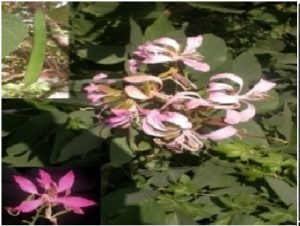We value your privacy
We use cookies to enhance your browsing experience, serve personalized ads or content, and analyze our traffic. By clicking "Accept All", you consent to our use of cookies.
We use cookies to help you navigate efficiently and perform certain functions. You will find detailed information about all cookies under each consent category below.
The cookies that are categorized as "Necessary" are stored on your browser as they are essential for enabling the basic functionalities of the site. ...
Necessary cookies are required to enable the basic features of this site, such as providing secure log-in or adjusting your consent preferences. These cookies do not store any personally identifiable data.
No cookies to display.
Functional cookies help perform certain functionalities like sharing the content of the website on social media platforms, collecting feedback, and other third-party features.
No cookies to display.
Analytical cookies are used to understand how visitors interact with the website. These cookies help provide information on metrics such as the number of visitors, bounce rate, traffic source, etc.
No cookies to display.
Performance cookies are used to understand and analyze the key performance indexes of the website which helps in delivering a better user experience for the visitors.
No cookies to display.
Advertisement cookies are used to provide visitors with customized advertisements based on the pages you visited previously and to analyze the effectiveness of the ad campaigns.
No cookies to display.
|
Division
|
Angiosperms |
|
Class
|
Dicotledons |
|
Subclass
|
Polypetalae |
|
Series |
Calyciflorae |
|
Order |
Rosales |
|
Family |
Caesalpiniaceae |
|
Genus |
Bauhinia |
|
Species |
purpurea |

|
Etymology:
|
Bauhinia was created in honour of the brothers Jean and Casper Bauhin. Most of the species have their leaves composed of two lobes, these two lobes were symbolic of the services the two brothers had rendered to science. |
|
Botanical name:
|
Bauhinia purpurea Linn. |
|
Local/Trade names: |
The Purple Bauhinia, Autumn Flowering Bauhinia |
|
Conservation status:
|
Commonly planted in gardens. |
|
Digonestic features: |
Leaves bilobed; flowering time October. |
|
Description: |
Moderate-sized tree. Bark ash coloured or dark-brown. Leaves 8-12 cm across, lobes separated from 1/3 to 1/2 their length from the tip. Flowers light purple, 4-6 cm long, in terminal and axillary, few-flowered corymb-like racemes. Pods 15-25 x 1.5-2 cm. Seeds 6-16, flat, oblong-ellipsoid. |
|
Phenology:
|
Fls. & Frts.: Sept.-Jan. |
|
Distribution:
|
Sub-Himalayan tracts, Assam, Meghalaya, Western Peninsula. Bangladesh. |
|
Where to see it: |
Medicinal Plant Garden. |
|
Uses: |
Roots carminative. Bark used in diarrhoea, also yields a fibre. Flower buds eaten as a pot-herb, also pickled; they are laxative and anthelmintic. Leaves used as fodder. Seeds yield a non drying fatty oil. Wood used for agricultural implements and matches; also suitable for rafters and scantlings. |
Chief Conservator of Forests & Chief Wildlife Warden is the Head of the Department. There is one post of Conservator of Forests & two posts of Deputy Conservator of Forests viz.